-
To proceed to checkout and complete your order, you must have a minimum order amount of $200 . Your current order total is $0.00.
Marbled Children’s Pythons
Original price was: $720.00.$630.00Current price is: $630.00.
Popularity in Captivity
Marbled Children’s Pythons are favored in the pet trade due to their striking appearance, manageable size, and generally docile temperament. They are considered good starter reptiles for beginners and are also appreciated by experienced keepers for their unique patterns and ease of care.
Marbled Children’s Pythons are an excellent example of the diversity within the species, showcasing how natural variations can lead to particularly beautiful and desirable traits in reptiles. Their adaptability and relatively simple care requirements make them a popular choice for reptile enthusiasts.
Marbled Children’s Pythons for sale
Marbled Children’s Pythons (Antaresia childreni), a variant of the Children’s Python, are notable for their distinctive and attractive marbled pattern. Here’s an overview of these fascinating reptiles:
Physical Description Marbled Children’s Pythons
- Size: Marbled Children’s Pythons are small, typically reaching lengths of 70 to 100 centimeters (27 to 39 inches), similar to other Children’s Pythons.
- Coloration: They are named for their unique marbled pattern, which features a blend of dark and light brown or reddish-brown blotches on a tan or cream background. This marbling effect sets them apart from the typical spotted pattern seen in standard Children’s Pythons.
- Scales: Their scales are smooth and glossy, adding to their sleek and visually appealing appearance.
Habitat and Distribution Marbled Children’s Pythons
- Habitat: These pythons are versatile and can thrive in a range of environments, including arid and semi-arid regions, forests, woodlands, rocky areas, and grasslands.
- Geographic Range: Marbled Children’s Pythons, like their counterparts, are native to northern Australia, including parts of Queensland, the Northern Territory, and Western Australia.
Behavior and Diet
- Behavior: They are primarily nocturnal. They are known to be secretive and often hide under rocks, in crevices, or in burrows during the day. They are also good climbers and may be found in trees and shrubs.
- Diet: In the wild, they feed on small mammals, birds, and occasionally reptiles. In captivity, they are typically fed appropriately sized rodents.
Reproduction
- Breeding: These pythons are oviparous, meaning they lay eggs. A typical clutch consists of 5 to 15 eggs. The female incubates the eggs by coiling around them, maintaining the right temperature and humidity until they hatch after about 50 to 60 days.
- Development: Hatchlings are independent from birth and capable of hunting small prey immediately.
Captive Care
- Enclosure: They require a secure and appropriately sized enclosure with multiple hiding spots, climbing branches, and a suitable substrate like aspen shavings or coconut husk.
- Temperature and Humidity: They thrive in a temperature gradient of 24-30°C (75-86°F) with a basking spot around 32°C (90°F). Humidity should be kept moderate, and they should always have access to fresh water.
- Feeding: Captive Marbled Children’s Pythons are typically fed frozen-thawed rodents. Juveniles should be fed weekly, while adults can be fed every 10-14 days.
Conservation
- Status: Children’s Pythons, including the marbled variant, are not currently listed as threatened or endangered. Their populations are stable in the wild, and they are also well-represented in captivity.
- Threats: While not facing significant threats, habitat destruction and illegal collection can impact wild populations. Responsible breeding and pet ownership help maintain their numbers.
Popularity in Captivity
They are favored in the pet trade due to their striking appearance, manageable size, and generally docile temperament. They are considered good starter reptiles for beginners and are also appreciated by experienced keepers for their unique patterns and ease of care.
They are an excellent example of the diversity within the species, showcasing how natural variations can lead to particularly beautiful and desirable traits in reptiles. Their adaptability and relatively simple care requirements make them a popular choice for reptile enthusiasts.
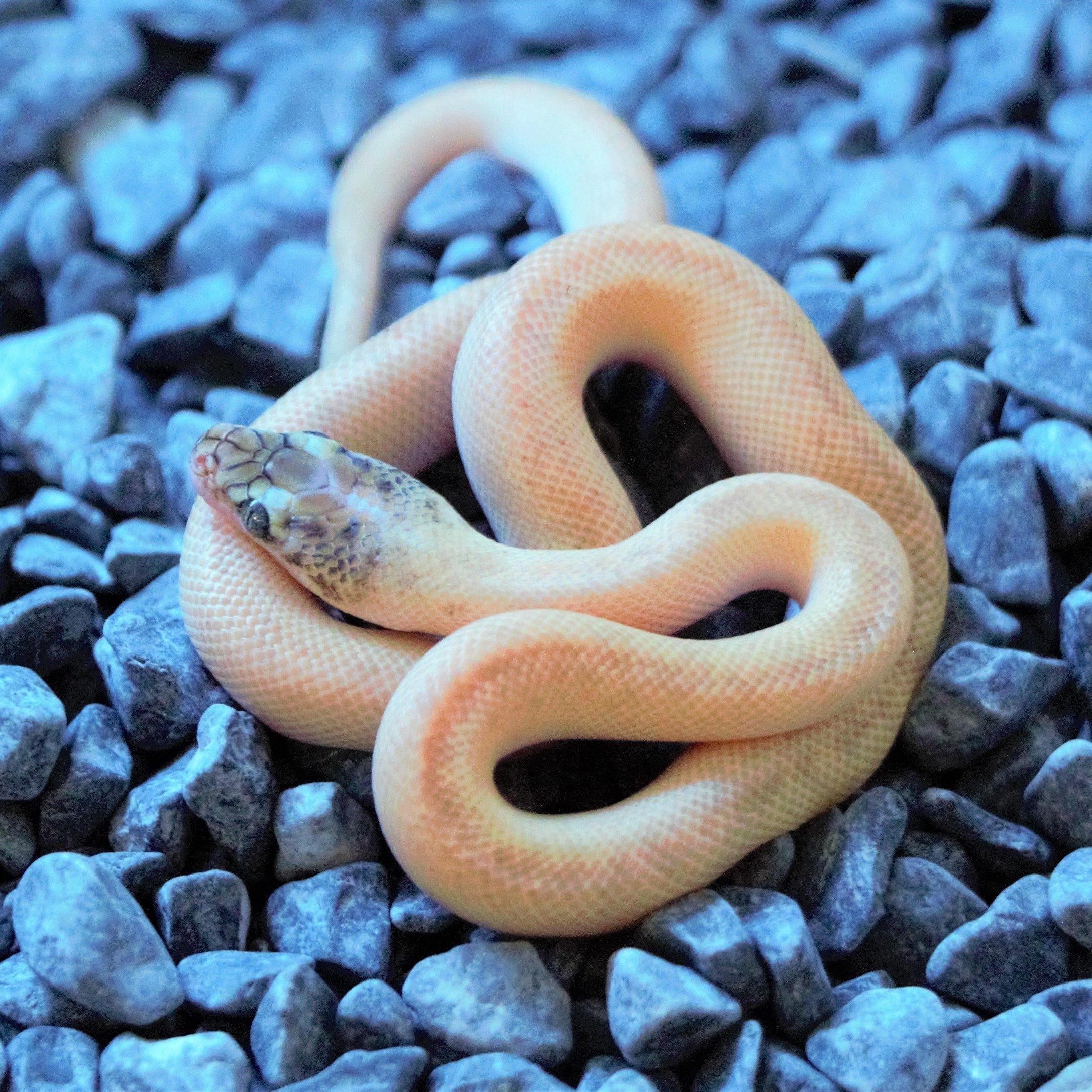
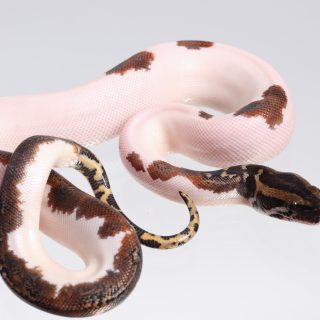
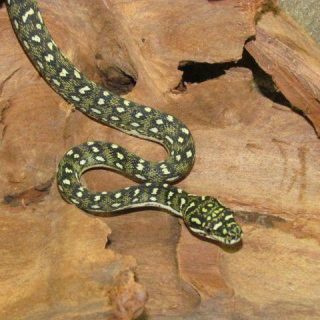
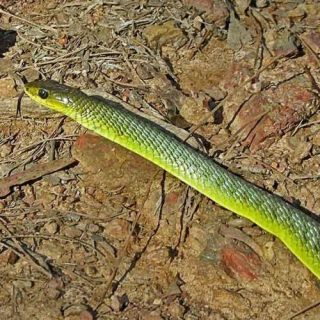
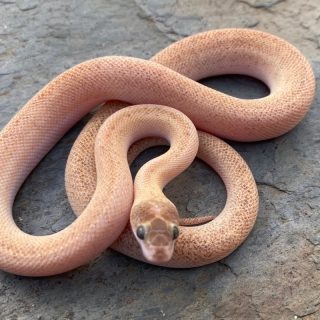
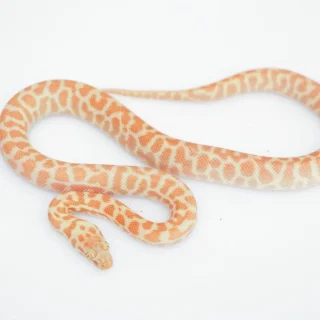
Reviews
There are no reviews yet